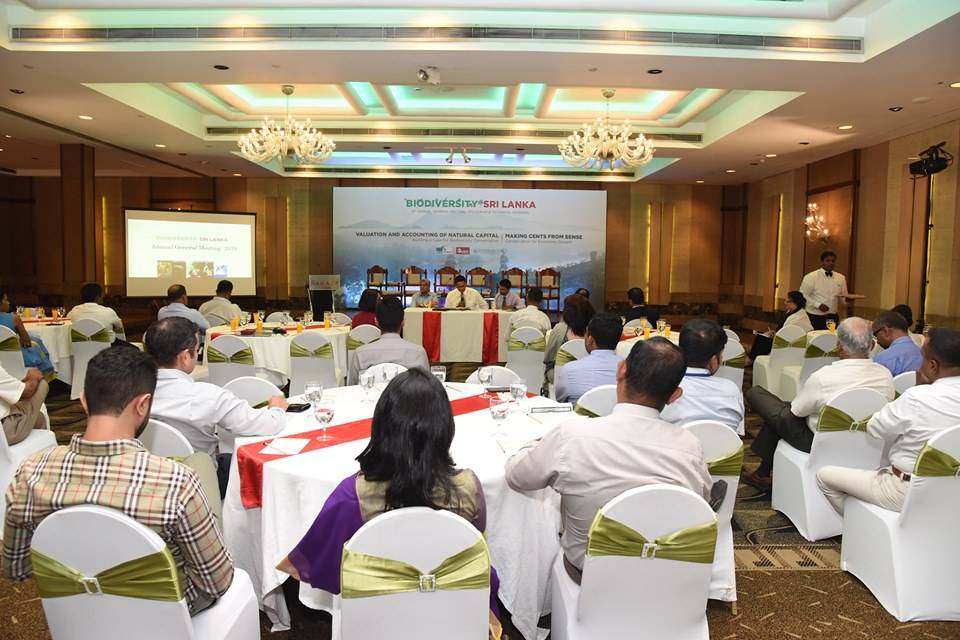
Join us for BSL’s Annual Technical Sessions, AGM & CEO Forum on the 2nd & 3rd November 2022
SUSTAINABLE USE – PATHWAYS INTO THE FUTURE
Session 1: 09.00 am – 10.30 am
Innovative Financing mechanisms for SDG implementation in Sri Lanka
Auditorium of the Bandaranaike Center for International Studies (BCIS)
The 2030 Agenda for Sustainable Development and the Sustainable Development Goals (SDGs), adopted in 2015, aim to provide a common, integrated global framework for peace and prosperity for people and the planet, now and into the future. Although the 2030 Agenda presents SDGs independently, it highlights that they are indivisible and emphasizes the importance of understanding and acting upon the complex spatial and temporal interactions that exist between SDGs and the need to ensure that progress made in some sectors or countries does not hinder progress in others.
Sri Lanka’s commitment to achieving the SDGs is explicit in its continued pursuit of national policies and development plans and programmes in alignment with the SDGs. The Government of Sri Lanka and UNDP in Sri Lanka recently announced the launch of the Sri Lanka SDG Investor Map, a market intelligence tool that seeks to direct private capital where Sri Lanka’s SDG priorities, Government policy and market opportunity intersect, as the country seeks to rebuild its economy sustainably, using the SDG framework as its guide.
Innovative financing mechanisms become imperative to synergize the government, private sector, and capital markets to generate the additional resources needed to finance the SDGs. The SDG Investor Map is therefore a timely intervention that would provide interested investors with the required market information relating to potential investment opportunity areas. While there is much to be done, there is a great opportunity for the private sector to integrate sustainability and the SDGs into their investments and businesses to help Sri Lanka build forward better. This coupled with the adoption of the SDG Impact Standards which guides the private sector to manage their impact, will further the country’s ability to build a more resilient future, leaving no one behind.
In partnership with the Sustainable Development Council, the session will focus on the SDG Investor Map and Green Financing Support for SDG implementation in Sri Lanka including an engaging panel discussion with diverse stakeholders.
Session 2: 11.00 am – 12.30 pm
Aligning business action with the Post-2020 Global Biodiversity Framework and 2030 Action Targets
Over the last two years, we have seen significant engagement from 1,100 companies that are advocating for a nature-positive world, and hundreds of leading companies making commitments and applying available tools and data to help implement and deliver the relevant targets included in the Post-2020 Global Biodiversity Framework (GBF). There are more targeted resources on the way to support business implementation, such as the Science Based Targets Network (SBTN) and the Taskforce on Nature-related Financial Disclosures (TNFD).
The Convention on Biological Diversity’s Conference of Parties 15 (COP15) is now set to take place at the headquarters of the Secretariat of the Convention on Biological Diversity (SCBD) in Montreal, Canada from 5 to 17 December 2022. Member states will adopt the Post-2020 (GBF) at COP 15, which will hopefully provide a clear direction and strong signal on the need to halt and reverse nature loss by 2030. Based on Target 15 – Role of business, there has been significant momentum in favor of mandatory requirements for businesses and financial institutions to assess and disclose their impacts and dependencies on nature. The need for business and financial institutions to reduce their negative impacts on nature by at least half and increase positive impacts has also been supported by many countries during the negotiations but will need further discussion in Montreal.
The session will engage with experts from the World Business Council on Sustainable Development (WBCSD), discuss road maps that break down what nature-positive means for business to help companies understand what nature positive means for their sector and break down key actions businesses need to consider to address nature loss. These Roadmaps include guidance on assessing dependencies, measuring impacts and tracking efforts to halt and reverse nature loss across the value chain.
Session 3: 02.00 pm – 04.30 pm
Building Partnerships for Science-based Ecosystem Restoration
Actions that sustain and restore diverse and functioning ecosystems are essential for human safety, health and prosperity. With 2021–2030 declared as the United Nations Decade on Ecosystem Restoration, efforts are scaling up to halt, reverse and prevent future degradation of ecosystems worldwide, including natural, semi-natural, managed, production and urban ecosystems. Sustaining and restoring ecosystems requires public support and leadership from nation-states and civil society, underpinned by sound science, and is driven by the collective action of multiple actors whose actions impact and are impacted by ecosystems. To move the goals of the UN Decade on Ecosystem Restoration forward, this session will demonstrate, show case and address through BSL’s successful public private people’s partnerships – fundamental questions, and present key messages to bring effective and long-term action, providing recommendations on how to build the ecosystem restoration movement.
Be a part of LIFE: Breathing new life into reality.: Beyond five years of restoration in Kanneliya Conservation Forest, Halgahawala, Opatha.
CEO Forum on Climate Financing
Thursday 3rd November 2022: 5.00 – 6.30 pm
Grand Ballroom – Ramada Colombo
Climate finance seeks to support mitigation and adaptation actions that will address climate change. The Convention, the Kyoto Protocol and the Paris Agreement call for financial assistance from Parties with more financial resources to those that are less endowed and more vulnerable. This recognizes that the contribution of countries to climate change and their capacity to prevent it and cope with its consequences vary enormously. Climate finance is needed for mitigation, because large-scale investments are required to significantly reduce emissions. Climate finance is equally important for adaptation, as significant financial resources are needed to adapt to the adverse effects and reduce the impacts of a changing climate.
In accordance with the principle of “common but differentiated responsibility and respective capabilities” set out in the Convention, developed country Parties are to provide financial resources to assist developing country Parties in implementing the objectives of the UNFCCC. The Paris Agreement reaffirms the obligations of developed countries, while for the first time also encouraging voluntary contributions by other Parties. Developed country Parties should also continue to support country-driven strategies, and taking into account the needs and priorities of developing country Parties. Such mobilization of climate finance should represent a progression beyond previous efforts.
It is important for all governments and stakeholders to understand and assess the financial needs of developing countries, as well as to understand how these financial resources can be mobilized. Provision of resources should also aim to achieve a balance between adaptation and mitigation.
Overall, efforts under the Paris Agreement are guided by its aim of making finance flows consistent with a pathway towards low greenhouse gas emissions and climate-resilient development. Assessing progress in provision and mobilization of support is also part of the global stock take under the Agreement. The Paris Agreement also places emphasis on the transparency and enhanced predictability of financial support.
The proposed policy dialogue will explore the feasibility of promoting Climate Financing and understanding how these financial resources can be mobilized to achieve a balance between adaptation and mitigation.
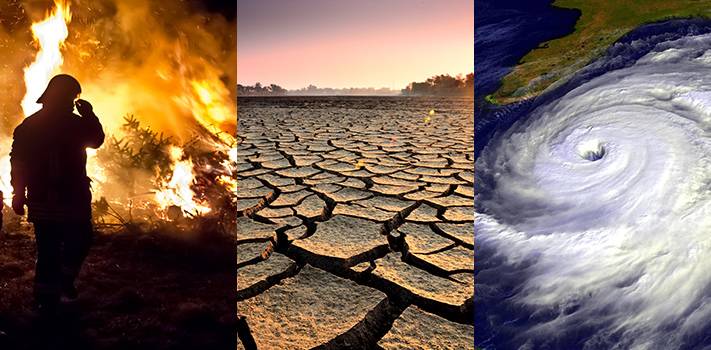
Zero Emissions Day – Zero is the Target
Did you know that September 21st is Zero Emissions Day? The purpose of this day is to give our planet a break from fossil fuels and what they release into the air, at least for one day, every year. This encompasses greenhouse gasses, polluting substances, microparticles, and other things that are harming our planet. The importance of Zero Emissions Day is paramount because it aims to encourage the use of renewable energy sources, as opposed to finite fossil fuels. The primary message associated with the day is “Giving our Earth a day off every year.” This day is devoted to increasing public awareness of potential sources of air pollution and viable solutions for reducing the harm that our everyday emissions may do to the environment. It is an excellent chance to learn about renewable energy sources and natural resources that may be used instead of sources of air pollution.
Biodiversity Sri Lanka celebrated Zero Emissions Day in partnership with its Patron Member, Diesel & Motor Engineering PLC (DIMO). Prof. Ajith de Alwis, Dean of the Faculty of Graduate Studies of the University of Moratuwa focused on emissions from the food and agriculture sector, which is not always considered to be important. He highlighted that one of the primary sources of nitrogen emissions is from fertilizer – emissions from this source being 300 times more dangerous than from carbon dioxide emissions, having detrimental impacts on the environment, including climate change. In order to survive, guaranteeing adequate food security for the people whilst also maintaining the safety of the environment, stringent and responsible management measures must be put in place.
Since all main pollutants have an effect on the climate and the majority of them come from the same sources as greenhouse gases, which cause global warming, air pollution, and climate change are intimately related. Additionally, pollution particles are harmful to human health, which results in acute illnesses like asthma. The right to raise children in a clean and healthy environment will be violated if one lives in an area where harmful chemicals are present in the air. Both children and adults will have a variety of behavioral and mental health concerns as a result. Simply said, it appears that in such a stressful atmosphere, individuals cannot appreciate the serenity and beauty of nature. Enhancing air quality will help our environment, economy, and health.
To lessen air pollution, it would be fantastic if we could lower our carbon footprint and greenhouse gas emissions. Use public transportation whenever available, ride your bike instead of driving, and unplug your electronics when not in use to conserve energy. Companies must embrace environmentally friendly activities including recycling, using renewable energy, and promoting sustainable methods, create and introduce newer, more environmentally friendly goods and services, and raise their positive carbon footprint. As a nation, we can generate electricity using natural resources and renewable energy sources like wind and solar energy.
Let’s celebrate our planet and learn how we can all work together to safeguard nature!
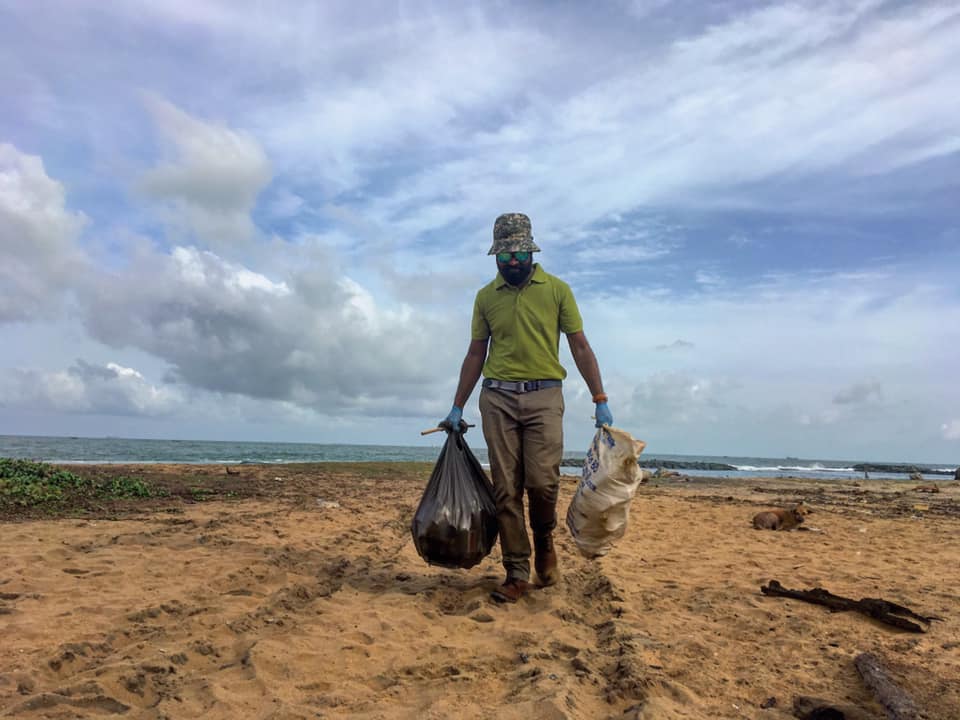
Joint Action on World Cleanup Day 2022
World Cleanup Day is an annual global social action program aimed at combating the global solid waste problem, including the problem of marine debris. World Cleanup Day harnesses the power of people around the world to achieve incredible things by joining together. Its beauty lies in co-operation and collaboration: building bridges between disparate communities, and including all levels of society – from citizens to business, to government. This year’s World Cleanup Day took place on September 17th, 2022.
On this day, Biodiversity Sri Lanka (BSL) collaborated with the Marine Environment Protection Authority (MEPA), its Patron Member, Citizens Development Finance PLC (CDB), and SME Member Mai Globe Travel to conduct two beach cleanup events in Modara- Pollwatte and Wellawatta. Our Patron Member, Abans Cleantech (Pvt) Ltd, the environmental management arm of the Abans Group responsibly disposed of the collected waste at their recycling facility.
CDB employees alongside their family members participated in this worthy cause. An 800m beach stretch, polluted with lots of plastics, glass, rubber, and other debris was cleaned up. More than 100 poly sack bags full of segregated waste and debris were collected from the stretch. This clean-up initiative was a part of BSL’s ‘Life to our Beaches’ Program which is a public-private-community partnership for maintaining Sri Lankan beaches clean and healthy. CDB has partnered with BSL under this program to look after the Modara- Polwatte beach stretch for a year. After the initial clean-up was done on World Cleanup Day, the stretch was handed over to the appointed Samurdhi beach caretaker for maintenance under the supervision of MEPA and BSL.
Mai Globe is a travel agency based in Sri Lanka and Vietnam, committed to improving sustainability and responsible tourism. As a part of its commitment to the planet, Mai Globe undertook the beach clean-up in Wellawatta. 15 employees were engaged in the clean-up, cleaning a 300m beach stretch. The marine debris collected included PET bottles, glass bottles, cloths, Styrofoam, and e-waste items, amounting to 20 poly sack bags.
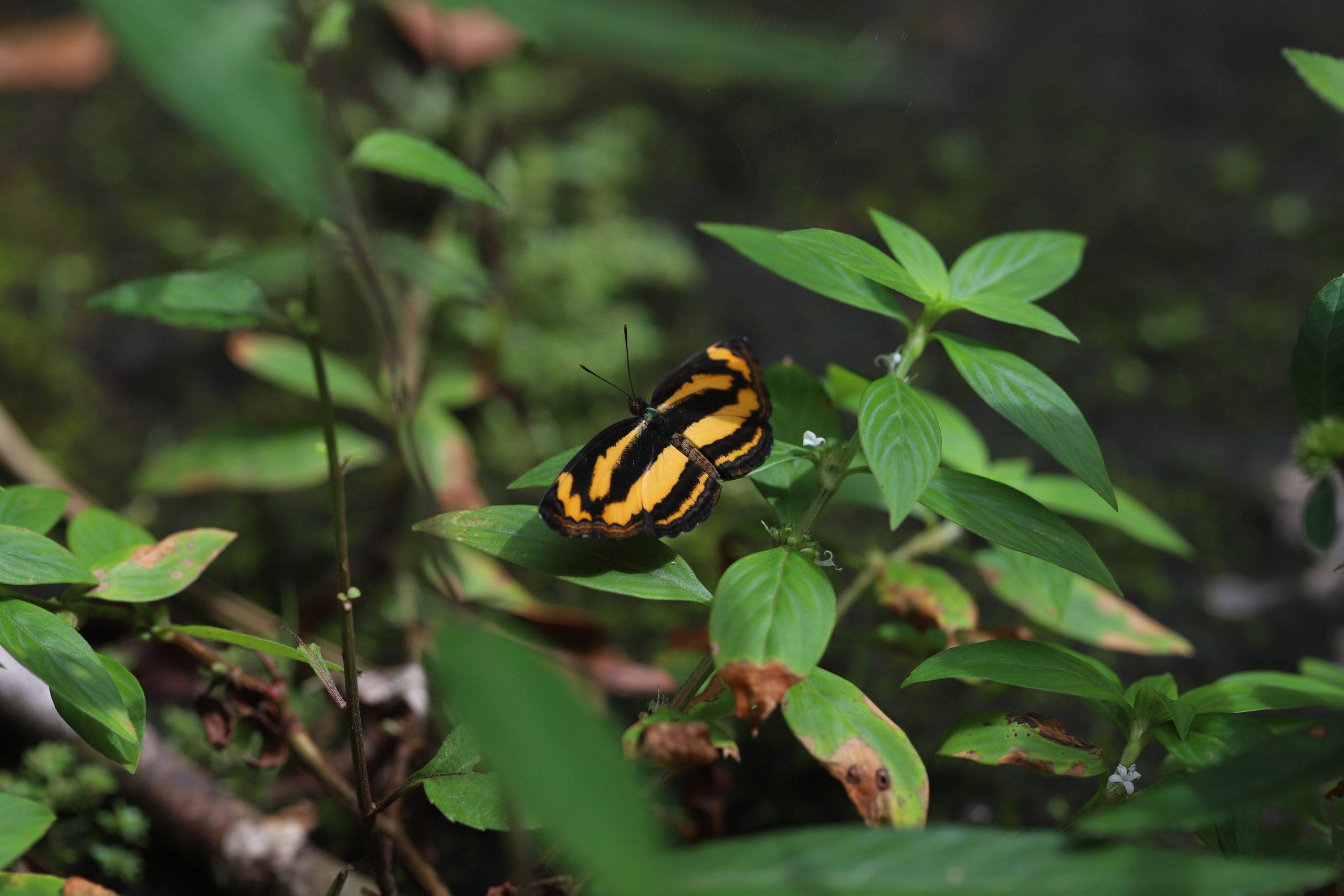
Measuring contributions towards biodiversity targets – Using the Species Threat Abatement and Restoration (STAR) metric
Biodiversity is declining at a faster rate than at any other time in human history, driven by unsustainable economic activity. Businesses, governments, and civil society around the world lack the ability to measure their potential positive impacts on biodiversity in comparable and consistent ways. For example, species are being lost through the conversion of natural habitats to agriculture, forestry and urban expansion, and through poaching, fishing, or collection for local consumption or international trade. Consequently, reversing species loss requires action from a range of actors – national and subnational governments, businesses, industries, cities, civil society, the finance industry, and investors.
Why is it important?
The ‘transformational change’ required to bend the curve of biodiversity loss will only be realized if everyone can identify and deliver their potential contributions towards global biodiversity targets. As with climate change mitigation, it is essential to quantify contributions by specific actors to achieve global impact.
The post-2020 global biodiversity framework will guide global conservation action over the next decade, aligned in turn to the 2030 Agenda for Sustainable Development. To deliver the post-2020 framework, we need to be able to quantify and add up potential contributions to biodiversity conservation from around the world. The ability to quantify contributions will make it easier to reward positive action, as well as highlight where change is needed to mitigate negative impact. Enabling effective conservation action would in turn improve human well-being, prosperity, and health, which are inextricably linked to the health of the natural world.
What can be done?
The Species Threat Abatement and Restoration (STAR) metric allows businesses, governments, and civil society to quantify their potential contributions to stemming global species loss and can be used to calculate national regional, sector-based, or institution-specific targets. The STAR metric (Mair et al. 2021) was developed based on the IUCN Red List of Threatened Species, in a collaboration between 55 organizations. The IUCN Red List is the most comprehensive global assessment of the status of biodiversity.
Because biodiversity is distributed unequally around the world, STAR assesses the potential of specific actions at specific locations to contribute to international conservation targets. STAR estimates the contribution of two kinds of action to reduce species extinction risk – threat abatement and habitat restoration. This makes it possible to compare specific threat abatement and habitat restoration actions in different places toward reducing global species extinction risk, which will help companies, countries and others plan their conservation efforts. It also permits actors to add up their total contributions.
Setting science-based targets
STAR scores for a particular location (which can be of any size e.g., a site, landscape, country) show the potential contribution of conservation or restoration actions in that location to reducing the extinction risk for all species globally. STAR can therefore be used to establish science-based targets that reflect contributions from individual actors towards goals under the post-2020 global biodiversity framework.
The STAR metric can be used by individual institutions. For instance, an extractives company can use STAR to measure the impact of restoring habitat for threatened species across a network of mines.
The STAR metric is available for use by businesses through the Integrated Biodiversity Assessment Tool (IBAT), and for non-commercial users through IBAT and likely also additional third-party platforms.
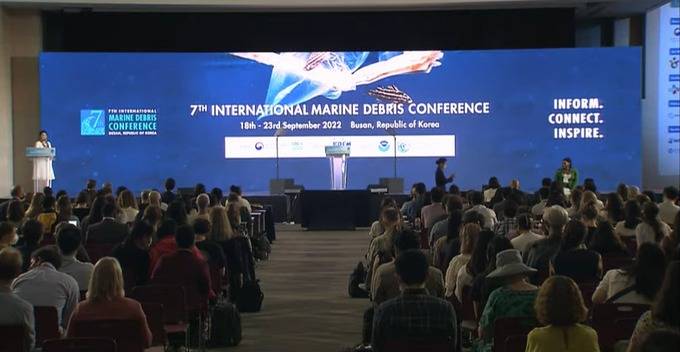
CCC and BSL take the Sri Lankan EPR Journey on Plastics Waste Management to the 7th International Marine Debris Conference (7IMDC) held from September 18th to 24th in Busan, South Korea
Our Board Director Mr Chandraratne Vithanage and Programme Manager, Roshan Salinda attended the world’s longest-running international conference series dedicated to the issue of marine litter and plastic pollution recently. IMDC is well-recognized as a platform for bringing together governments, industry, academia, civil society, and all relevant stakeholders to discuss the latest science, strengthen collaborations, find solutions and catalyze action to address the urgent, global problem of marine litter and plastic pollution.
The 7IMDC was held with the participation of 760 people physically, and 183 people virtually from 89 countries. The Conference had 110 sessions under 9 technical tracks, namely Monitoring, Research, Technology & Innovation, Education, Awareness & Communication, Regulation, Laws & Policy, Circularity & Waste Management, Economics, Financing & Private Sector Engagement, Sea-based Sources, and International Collaborations. There were 564 presentations and 234 posters, generating more than 130 hours of substantive content for consumption. To connect with each other, there were many opportunities and medium available throughout the conference. These include 7IMDC App, networking events such as social events and luncheons, and the Global Partnership on Marine Little (GPML) digital platform. It was inspiring to interact and see the energy of a global like-minded, passionate, rapidly growing community to tackle the marine plastic issue. The sense of purpose was noticeable among speakers to inform and drive solutions and actions while continuing to do more research on marine litter.
The Ceylon Chamber of Commerce (CCC) and Biodiversity Sri Lanka (BSL) made a joint presentation on the Sri Lankan EPR Journey on Plastics Waste to this international audience in session 5.1 titled non-state actors in governance solutions to plastic pollution. The participants were appreciative of the work carried out and suggested that Sri Lanka can generate a blueprint for industry-led volunteer EPR programs in South Asia.
The knowledge gained and connections made from 7IMDC will be extremely important for both CCC and BSL to expand and enrich joint EPR efforts.







